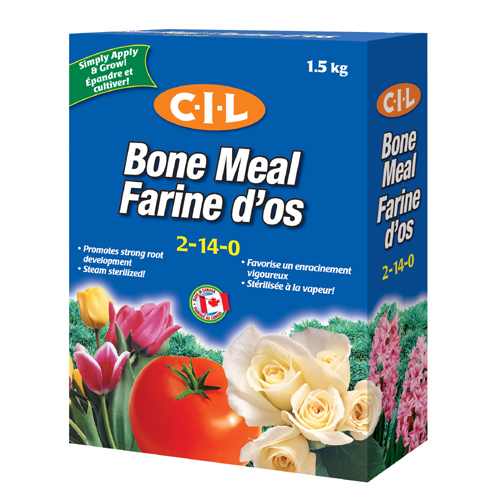Here are some helpful tips
1. Let all your planning ahead be for your plants;
a year ahead for annuals, two years ahead for the biennials, an indefinite number of years ahead
for the trees.
— Christopher Lloyd
2. Walk through your garden to scout for insects and diseasesat least once per week; caught early, problems are easier to treat. —
Stephen Westcott-Gratton
3. Try to get a plant in the right place the first time around. Given the proper conditions, the plant will be happy and you’ll save yourself a lot of transplanting work
.
— Karen York
4. Never plant trees that will become large with age too close to your
house. —
Stephen Westcott-Gratton
5. Consider your garden private territory. Critics are not welcome! Be honest about
what you want, and don’t be concerned with what others may
see. If you like woody plants, design a four-season shrub border. Besotted with peonies? Make
a peony walk. Grow plenty of what you love; you don’t need an excuse
for excess. Are there ever too
many rose petals?
— Judith Adam
6. Set your lawn mower blades at 7.5 centimetres or higher, and allow your
lawn to go dormant during periods of drought. —
Stephen Westcott-Gratton
7. Light in a garden is a quarter of the battle. Another quarter is the soil of the garden. A third quarter is the skill and care of the gardener. The fourth quarter is luck. Indeed, one might
say that these were the four Ls of gardening, in the following order of importance: Loam, Light, Love and Luck.
— Beverley Nichols
8. Don’t be afraid of change. Gardens, and gardeners, are always evolving. It’s part of the process
so step in boldly and revamp that rockery, yank out those overgrown shrubs or transform that border into a veggie garden, a pond,
a knot garden—wherever your imagination takes you. —
Karen York
9. Always spend five minutes doing some warm up stretches and bends before undertaking strenuous garden work, and never do one task for too long at a time. —
Stephen Westcott-Gratton
10. Climbers are among the most useful plants in any garden. They take up little ground space, and they can be employed for many purposes: to clothe a boring fence, to scramble over a dead tree, to frame an archway, to drape a wall, to disguise a shed, or to climb lightly onto a pergola. They demand comparatively little attention, once they have taken hold of their support, maybe a yearly pruning or a kindly rescue if they have come adrift in a gale. —
Vita Sackville-West



